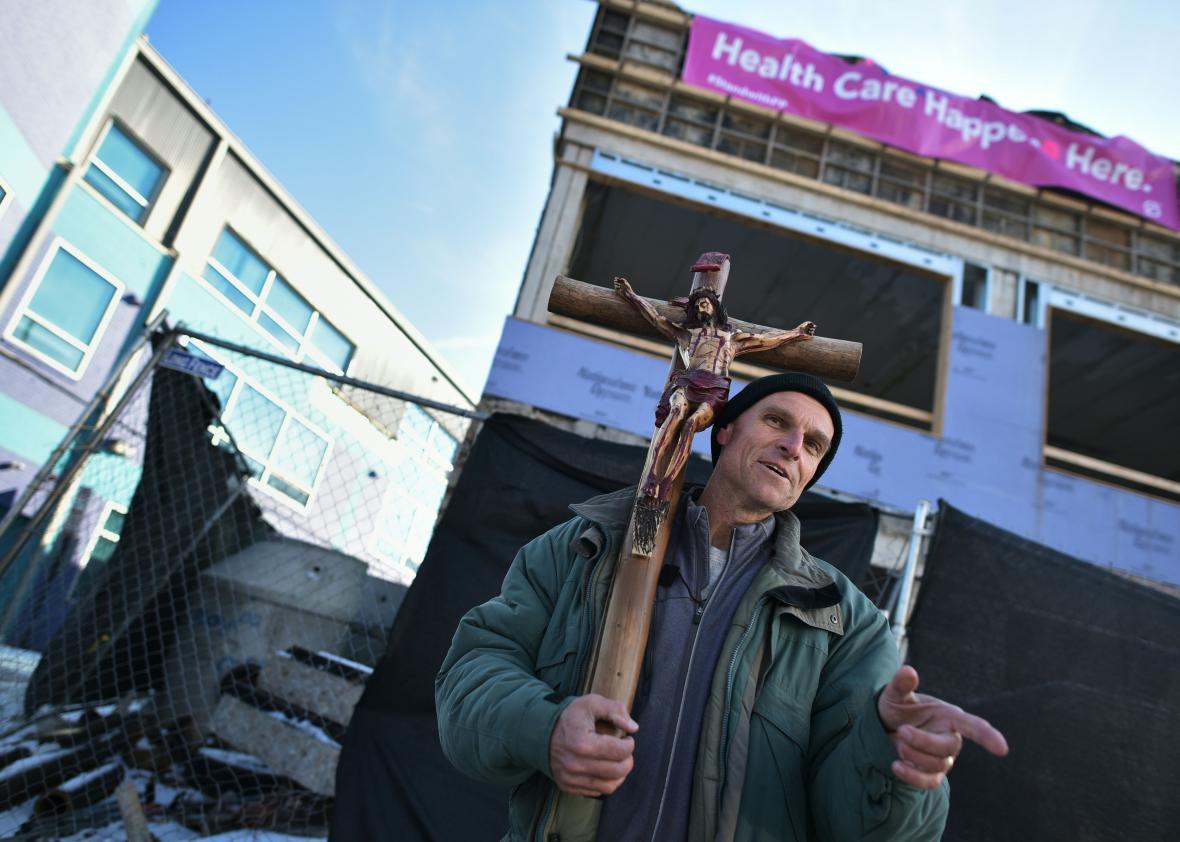

Here, leveraging such nuances and adapting hold the key. Facebook allows for more characters on a post than Twitter, Instagram algorithms promote content that is getting high engagement immediately after the post going live, etc. What works on Twitter may not work on LinkedIn. Different platforms have a different audience. Tagging relevant people, using relevant and trending hashtags certainly puts your content on top but staying on top depends entirely on how you leverage the backend data of your social media activity.Īnd one size certainly does not fit all. Tracking engagement rate, monitoring analytics, working in congruence with the algorithms of different platforms, and basically understanding what works and what doesn’t, increase your outreach and are the tangible indicators of your outreach. It is about knowing and acting on which aspects of your narrative are drawing people in and pushing people away. Using social media for expanding the outreach of development work is more than just tweeting on World Environment Day.


Only then will any project translate into the ground level changes that we trying to implement. This trust and participation are built through constant interaction and engagement with the communities, propagation of key messages that resonate with them, and by showing them the impact of their action on the society. These communities are ambassadors of not just our work, but also ambassadors of change who take ownership of the ideologies of the project and take them forward of their own volition. It is especially important to connect with the communities and instill trust in them regarding the work being done because without the participation and ownership of the community, the project will not have any impact in the real world. In this case, the engagement is not only aimed at the public and investors/donors, but also towards improving the communication and outreach among the communities one is working with. But unlike hardcore corporate communications in the corporate sector primarily aimed at boosting sales and revenues, the development sector communication has another dimension- the beneficiaries. It picks the stories of impact from the work being done and presents it to the stakeholders in a way that it attracts more resources to do more impactful and meaningful work at the grassroots. The article lists out some key aspects of the communications in the social development sector and how best to refine its impact.Ĭommunication is a comprehensive horizontal that gives voice to work being done across the various verticals of operation in the organization. But communications in the development sector comes with its own set of hurdles and is as challenging as it is fulfilling. The role of strong communication in the social development sector is to shine a light on these stories of survival, resilience, and ownership, and put them across to the masses as an illustration of the diversity and similarity of the lives we lead.Ĭommunication is critical to bring to forefront the issues being faced by the communities and attract the powerful resources required to fix the issues. Communications in the Social Development SectorĮveryone life is a battle.


 0 kommentar(er)
0 kommentar(er)
